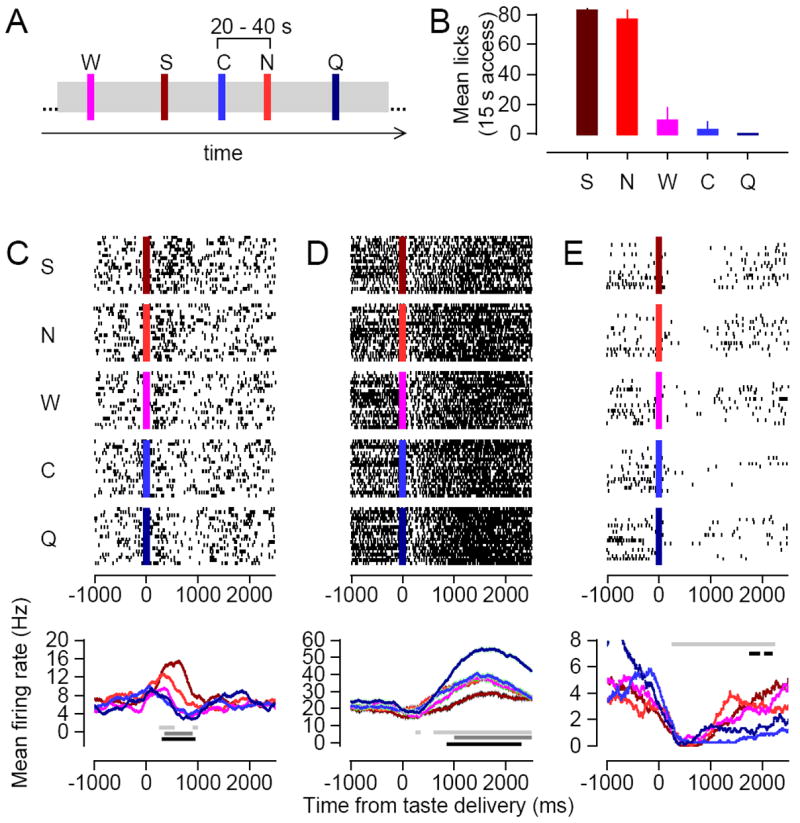Figure 1. Example LH responses to taste stimuli.

A) A portion of the timeline of an example taste delivery experiment. Colored bars indicate individual deliveries of specific taste stimuli: brown (300 mM sucrose, S), red (150 mM sodium chloride, N), pink (distilled water, W), blue (10 mM citric acid, C), and dark blue (2 mM quinine, Q). B) Relative palatability of the 5 different taste stimuli as determined by a brief access consumption test. Palatability is measured as the average number of licks per 15 s of exposure to the given stimulus. Error bars indicate standard error measurements across animals (N=3). C-E) The complete set of taste responses for three example LH neurons. Top panels: spike rasters for all presentations of the 5 taste stimuli. Each row of a raster represents the spike train measured during a single taste delivery, and the colored bar indicates the moment of taste delivery. Bottom panels: Each trace represents the mean firing rate to one of the 5 tastes (colored as in 1A), smoothed with a 500 ms rectangular filter. Horizontal lines: light grey = period of significant taste-responsiveness; medium grey = period of significant taste-specificity; dark grey = period of significant palatability-relatedness.
